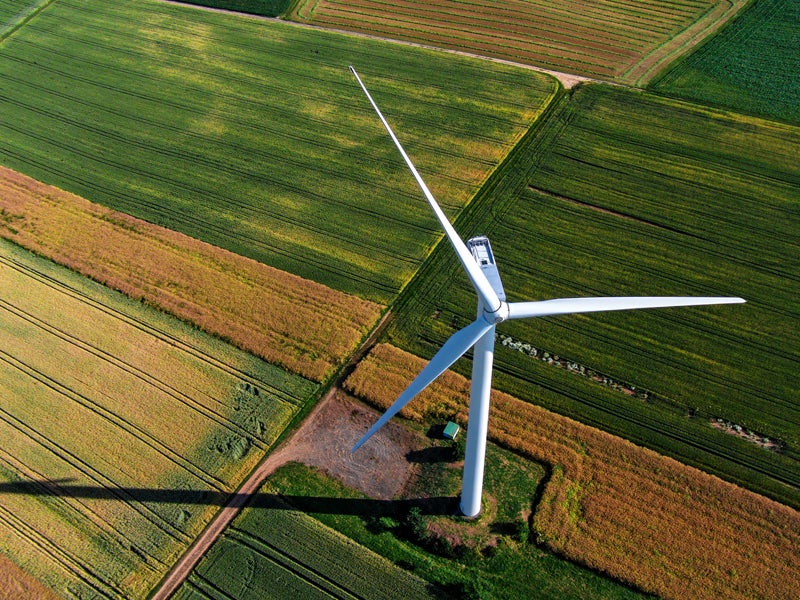Maryland Takes the Lead on Energy Efficiency and Cost Savings
In July, thanks to Earthjustice advocacy and a groundbreaking decision from its Public Service Commission, Maryland became one of the nation’s leaders in energy efficiency.

This page was published 10 years ago. Find the latest on Earthjustice’s work.
Maryland is now one of the nation’s top five states for energy efficiency, thanks to the advocacy of Earthjustice, the Natural Resources Defense Council, the Sierra Club and a groundbreaking decision from the state’s Public Service Commission.
The decision will have a huge impact on quality of life in Maryland and could serve as a model for other states. Utilities will be required to save 1.2 million megawatt hours of energy each year, the equivalent of closing a 460 megawatt coal-fired power plant every two years. Or tripling the state’s current wind energy capacity. Or taking 173,000 cars off the road every year.
Armed with information from Earthjustice and a coalition of energy efficiency advocates, the Public Service Commission ruled that current energy savings programs “have not come close to saturating markets with energy efficiency,” nor have they generated as much energy savings as seen in leading states. Charged with a mandate to promote energy conservation and efficient use in Maryland, the commission wanted better results.
The commission ruled that regulators should take non-energy benefits, such as cleaner air, into account when calculating the cost-effectiveness of energy savings programs. Previously, Maryland only weighed the monetary costs of a program versus its avoided costs. In the future, the state will also take into account health and environmental benefits using the Societal Cost test. This new, two-pronged approach lets Maryland regulators accurately and fairly estimate both costs and benefits of greater energy efficiency.
As the commission explained, “In addition to considering whether the program is cost-effective, we must also consider the program’s impact on rates of each ratepayer class, its impact on jobs and its impact on the environment.” They expressed hope that using two tests would open a broader range of cost-effective options for Maryland.
Abigail Dillen, Earthjustice’s Vice President of Litigation for Climate and Energy, said:
”Most states focus on economic benefits to the participants in energy efficiency programs and ignore the full suite of benefits that energy efficiency programs provide to everyone—from cleaner air and water to warmer housing to new jobs. Accounting for the true benefits of energy efficiency promises to unlock even greater energy savings.”
Beyond new cost-effectiveness tests, the commission also adopted the strong energy savings goal that Earthjustice’s coalition and the state’s consumer advocate proposed. The new goal is to achieve energy savings worth 2 percent of utilities’ retail sales every year.
In 2013, Maryland utility companies achieved savings worth 1.3 percent of retail sales. (Only two states achieved savings of greater than 2 percent last year.) The bottom line is that, for Marylanders, it’s clearly cheaper to invest in greater energy efficiency than it is to pay for all that extra electricity.
Earthjustice’s Washington, D.C., office works at the federal level to prevent air and water pollution, combat climate change, and protect natural areas. We also work with communities in the Mid-Atlantic region and elsewhere to address severe local environmental health problems, including exposures to dangerous air contaminants in toxic hot spots, sewage backups and overflows, chemical disasters, and contamination of drinking water. The D.C. office has been in operation since 1978.